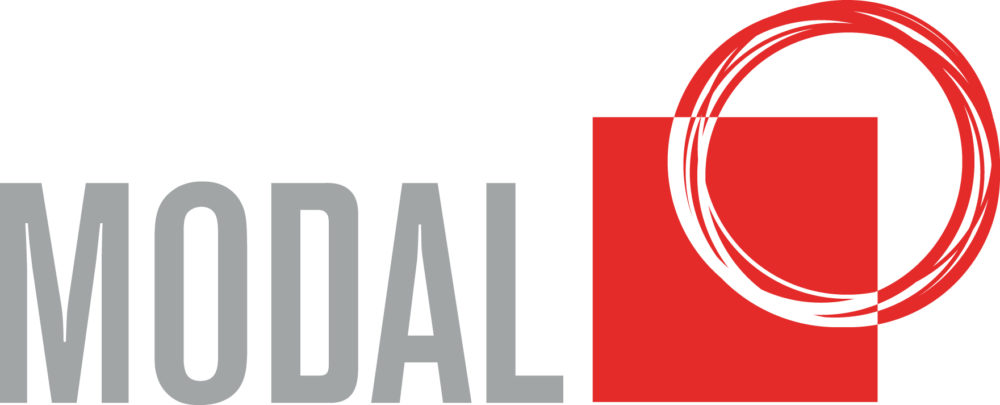Part 1 of this blog (posted here) looked at the growing problem of leaders constantly feeling overwhelmed, and we highlighted five common barriers that are keeping people stuck in the ‘overwhelm room’.
In Part 2 below we explore some solutions to address common factors leading to overwhelm.
- Organisations undertaking too many change initiatives at once. Former Australian Wallabies player Ben Darwin has created a business called Gainline analytics. Gainline collects data from organisations using diagnostic tools looking at critical elements for high performance. Initially working with elite sporting organisations such as the AFL, NRL, NBA and premier league clubs, Gainline now also works with corporate organisations. One of its research findings is that many sporting and corporate organisations have ‘change saturation’. This is also recognised by change management experts Prosci.
“Change saturation is a function of two variables: change capacity and change disruption. It is a function of supply and demand. How much change can a group or organization handle versus how much change is currently happening. Consider a bucket of water. The size of the bucket represents change capacity, while the amount of water in the bucket (and being added to the bucket) represents change disruption. When change disruption is greater than change capacity, an organisation faces change saturation. Senior leaders know what initiatives they have invested in, but they do not see how those change efforts impact employees.”1
Prosci recommends mapping all the change initiatives in your current portfolio. It is important to define the size, impact, disruptive nature, risks and health of each initiative. Then create heatmaps to generate graphical depictions of who a change impacts, which will help you identify saturation areas. When this is made transparent to leaders across an organisation it can allow systemic decisions to be made about priorities and timing in order to relieve change saturation. Prosci has developed a Change Portfolio Management Process and tools to help organisations and leaders better understand, evaluate and manage the portfolio of change.
- The ‘invulnerability myth’. Leaders need to display more courage to say “I’m feeling overwhelmed at the moment. Who else is (or has been) feeling this way?” A declaration like this breaks the ice for a conversation to start. When more than one person starts admitting they are currently struggling with workload and complexity, it makes it more comfortable for others to do the same. As well as opening the door to help individuals in need, it allows the organisation to see the extent of the issue. The ‘overwhelm’ problem will not be solved unless there is awareness of how encompassing and constant the challenge is.
- Focusing on the current problems and drama rather than the vision and planning. Here’s a question to ask yourself: if I was to ask my team one by one to articulate our shared vision and the critical few priorities to get us there, would they all say exactly the same thing?
As an external consultant working with teams to build high performance, I find they are often not fully aligned with a shared vision or the top 3 things they must deliver on to achieve the vision. If you have any doubts over your own team’s alignment on a shared vision and the things needed to deliver the vision, get them together and flesh this out.
- A culture where it’s not OK to say ‘no’ or ‘not now’. Being a leader often means you need to go first in order to help others see what ‘good’ looks like. Make a list of your own priorities, key tasks and all the regular types of meetings you attend. Next, apply the ‘no’ or ‘not now’ lens to at least one thing from each of these 3 categories. Which priority will you push back? Which meeting will you decline or delegate someone to attend in your place? Which task will you tell your manager/key stakeholder that you don’t have the capacity to focus on right now? Talk to key stakeholders who might be impacted by your move and explain to them the intent behind this and what you are trying to achieve.
- Feeling isolated or disconnected. Here’s something that team effectiveness thought leader Patrick Lencioni recommends. Get your team together for a day (or a half day) once every 3 months, without fail. Avoid talking about operational issues and instead spend time discussing the team and focusing on its development. Team building activities like going sailing or doing an escape room together can be fun, but this is not what we are talking about. The focus of these team development sessions should be to:
-
- Build trust
- Discuss shared accountabilities and goal progress
- Celebrate achievements
- Provide feedback
- Address any elephants in the room
- Build on the shared vision and purpose of the team
You may want to use a team facilitator for some sessions and facilitate others yourself. The key here is consistency. Every 3 months the team needs to be talking about the team and the people in it – ie working on the team. Keep this going regularly for as long as the team is a team. If you commit to this it will help with connection, a sense of shared challenges and collective purpose. These feelings will help counteract a sense of overwhelm.
Also, supplement team development workshops with personal check-ins every 2-4 weeks during regular team meetings (e.g what’s life been like for me inside and outside of work in the last month?)
I don’t have all the answers to the overwhelm challenge, but sharing some of my thoughts will hopefully prompt others to talk about feeling overwhelmed more openly and to explore other creative solutions. If you have seen another approach working effectively to reduce overwhelm, I’d love to hear your thoughts.
References
1Tim Creasey, Prosci, Enough is enough: tips for avoiding change saturation





